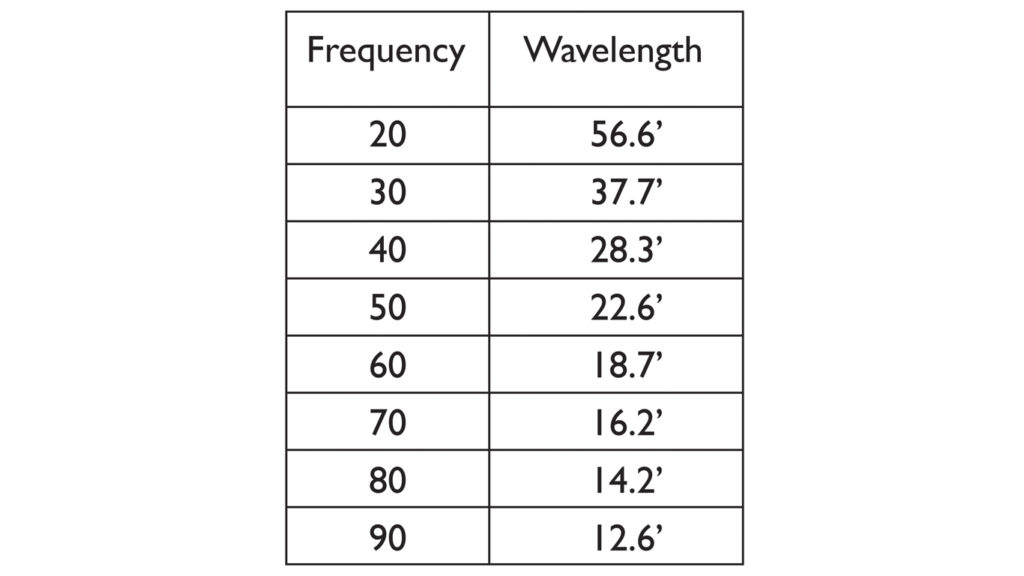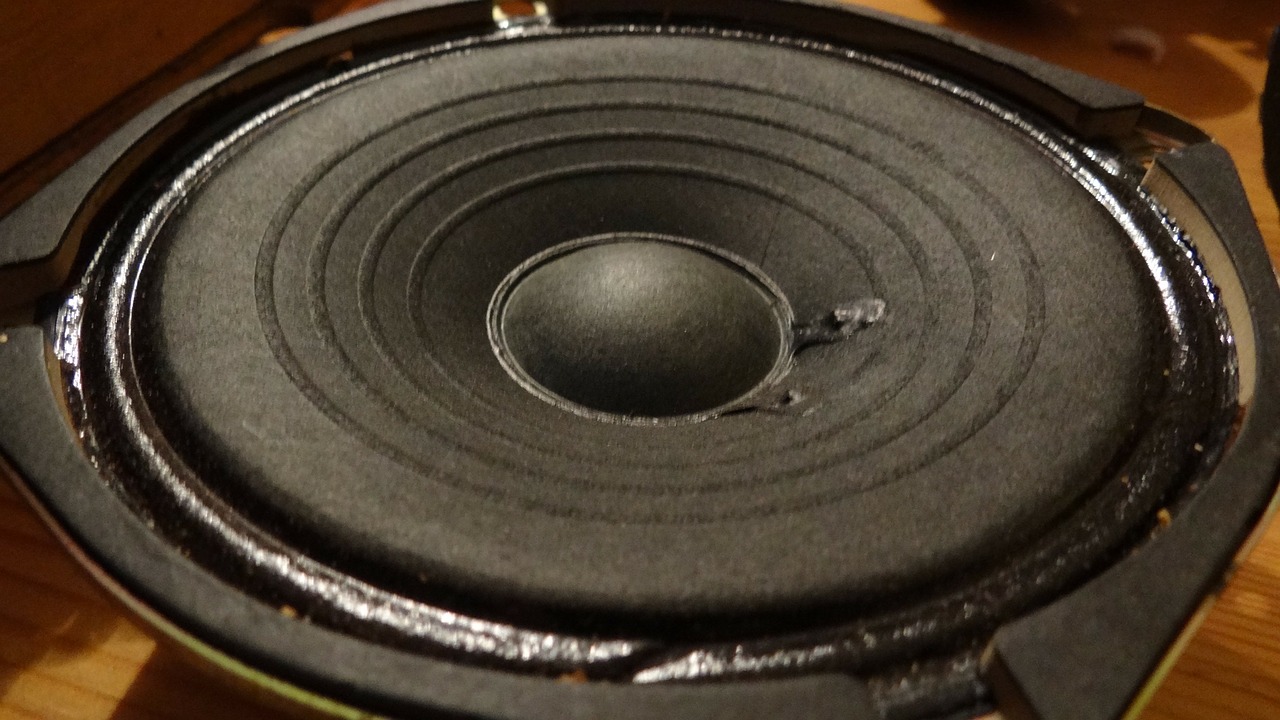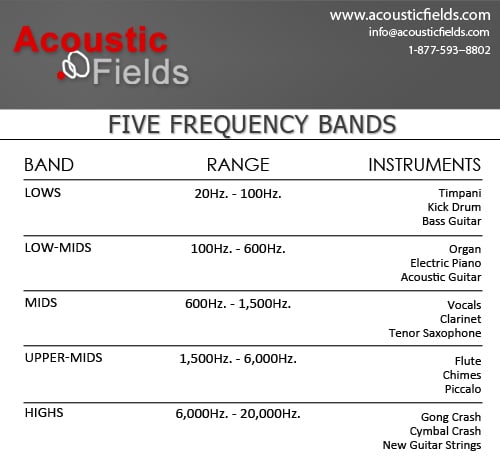We have updated this blog to reflect current knowledge and technology regarding low frequency range on 12/5/19.
Audio Term Confusion
There is much confusion in our audio world. It is confusion over the meaning of certain acoustical terms. They have commonly used terms and they are consistently not understood. Some of this misunderstanding is a naturally occurring thing when one is dealing with terms and their meanings. Some of this misunderstanding is the intention and caused by companies that produce room acoustic products.
Low Frequency Abuse
The most abused area of the frequency spectrum is from 20 Hz. – 100 Hz. This is the low-frequency range that should be associated with the term low frequency or low frequencies. The next frequency range is termed middle lows. This term is covered by the frequency range from 100Hz. – 600Hz. These two terms and their associated frequency ranges can overlap in the literature. I have seen 200 Hz. and even 300 Hz. referred to as a low frequency. They are not and never will be.
Manufacturers
Why does this occur? Most of this confusion is fueled by room acoustic products companies that are trying to sell room acoustic products to the uninformed. It is appealing to someone who has not done their homework to buy a box of foam and place it in his room corner to act like a “bass trap”. The only thing trapped in this example is the customer’s money. It takes 11.3′ of foam to absorb a 100 cycle wavelength completely. What chance does foam have against a low frequency, 40 Hz? a wave that is 28′ long. The answer is none at all.
Middle Frequency Products
Most room acoustic products companies manufacture products to absorb or diffuse low, middle-range through high, middle ranges. This represents the frequency ranges from 100 Hz.- 6,000 Hz. This is their area of focus from a manufacturing and marketing perspective. This is where their research and development monies are focused on. There are some well-designed technologies for this frequency range. However, they have forgotten about the most important one: low-frequency absorption.
Low Frequency Energy
Managing this low-frequency energy that exists from 20Hz. – 100Hz. is not an easy task even when building a new building. It is even more difficult to design for in a freestanding unit that one can place in a room. One must use mass and large amounts of surface area when compared to middle-frequency treatments. It takes a focused and concerted effort to achieve real low-frequency absorption that can assist us in our rooms below 100Hz. Most manufacturers will claim that their product absorbs low frequencies. However, if you examine their definition of low frequency, if you can find it, one will see that the definition suffers from frequency bracket creep.
Frequency Bracket Creep
Frequency bracket creep occurs when manufacturers add frequencies from the low midsection into the low-frequency section. They take the upper limit to real low frequencies which is 100 cycles and raise it to 200 Hz. by borrowing 100 cycles from the middle lows. Sometimes they borrow another 100 hertz and now we have a low-frequency performance definition of 20Hz.- 300Hz. This is the reason customers purchase these low-frequency absorbers and install them and are not satisfied because their bass traps do not absorb any bass.
Mislabeling Madness
To help clarify this marketing mislabeling madness, let examine each term and define it correctly through example. If we take the frequency spectrum and break it down into sections, it will be easier to understand. Once understood, they can be used correctly. Each one of our frequency spectrum sections will be termed, bands. We have five major bands that comprise our human hearing range that operates from 20Hz.- 20,000Hz.
Low Frequency Defined
Low Frequencies occur from 20Hz. – 100Hz. This is the foundation that our mixes and music rest upon. It is the full and large sound from our kick drum. It is the bass guitar lowest string providing a track for all the other instruments to ride upon. This is the area of the frequency spectrum that has the most energy. One must manage this energy so that it doesn’t smother other neighboring frequency bands. It is also the frequency range that is the most difficult to design sound absorption products for.
Low-frequency energy below 100 cycles is a real low-frequency energy. If a manufacturer does not have a product in their product line that absorbs below 100 cycles, then you do not have a real low-frequency absorbing device, no matter what you want to call it. Claiming that 200, 300, and even 400 cycles in low frequency only confuses the issue with uninformed customers. Let’s stay with the facts. The facts are always friendly.

Frequency Vs. Wavelength 20Hz – 90Hz
Low-Frequency energy is long waves of energy. Look at this wavelength chart. You can see how long a 30 Hz. wave is. Low-frequency pressure is all about waves of energy. Think of low-frequency energy as ocean waves. Think of middle and high-frequency energy as sunshine or rays of energy. Middle and high-frequency energy are shorter and thinner rays of energy that move in straight lines. Low-frequency pressure waves oscillate through your room like ocean waves.
Low Mids Defined
Low Mids are next in line. Our low, mid-band spans from 100 Hz.- 600 Hz. This is where all of the magic occurs. Bass guitar takes on layers and definition. The snap of a snare and the richness of an organ chord held for 8 measures lies in this region. Low mids add a certain fullness to our instruments and especially our vocals. The low mid-range in our vocals is critical and often missed in today’s project studio recordings.
Mids Defined
Mids follow low mids. Mids include all frequencies from 600 Hz. – 1,500 Hz. It is the region where our male and female vocals lie. Tenor sax and clarinet also live here. Our hearing is naturally tuned to this band, so getting it correct in our mixes is critical if we are going to help the listener of our music emotionally connect to it.
Upper Mids Defined
Upper Mids reside from 1,500 Hz. – 6,000 Hz. This is the area on our electronic equipment that is labeled presence. It places the vocals front and center in your face or can slide them back into the background. It is the area for harmonies to live in and it is also the area for their separation and clarity to shine through. Chimes, piccolo, and flute live in the upper mid area.
Highs Defined
Highs exist from 6,000 – 20,000Hz. This is the area that listeners and engineers are referring to when they say that the recording is too “bright”. Highs can be divided into different bands themselves. Frequencies in the 10kHz. the range adds a crispness or clarity to our highs. Frequencies below this just add to the overall brightness level without offering any crispness or clarity. A cymbal crash, the sting of new guitar strings, and a gong crash produce energy in this high band.
Low-frequency Treatments
The most powerful low-frequency treatment is diaphragmatic absorption. It absorbs at lower frequencies and absorbs more per square foot than any other type of treatment. A diaphragmatic absorber is a pressure-activated technology. It works on sound pressure or wave energy. A pressure wave strikes the surface of the diaphragmatic absorber and is slowed. It then enters the inside of the cabinet and the pressure inside the cabinet is less than surrounding pressure levels. This causes the pressure wave to collapse allowing absorption to occur.
Diaphragmatic Absorption:https://www.acousticfields.com/product-category/sound-absorption/acda-series/
Middle and High-Frequency Absorption: https://www.acousticfields.com/product/acoustic-panels/
Learn More About Us At Acoustic Fields: https://www.acousticfields.com/about/
In Summary
I hope today’s discussion helps solve the problem you are having. Please message me at info@acousticfields.com if you have any questions as I am always happy to help. If you want more to learn more about room acoustics please sign up for our free acoustic video training series and ebook. Upon sign up you will instantly have access to a series of videos and training to help improve the sound in your studio, listening room or home theatre.
Thanks,
Dennis









